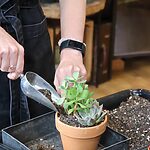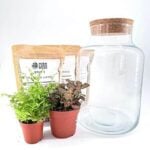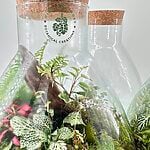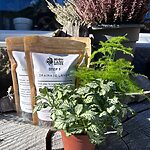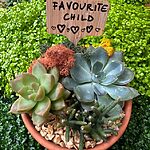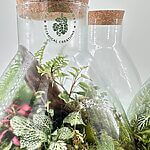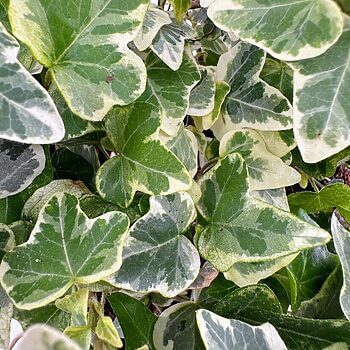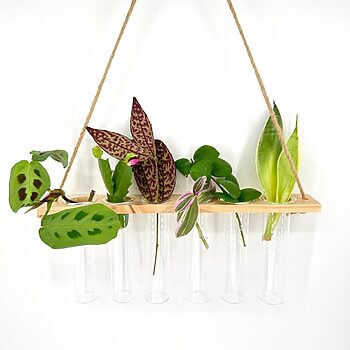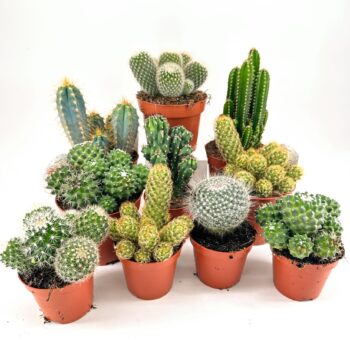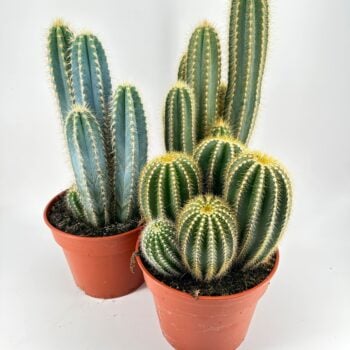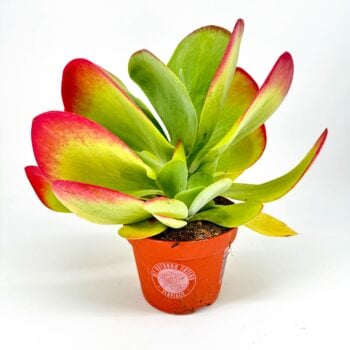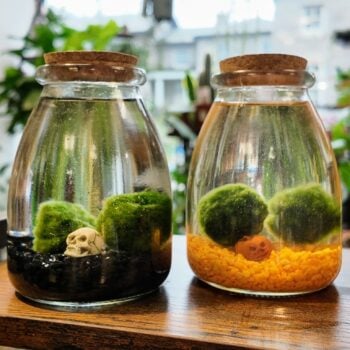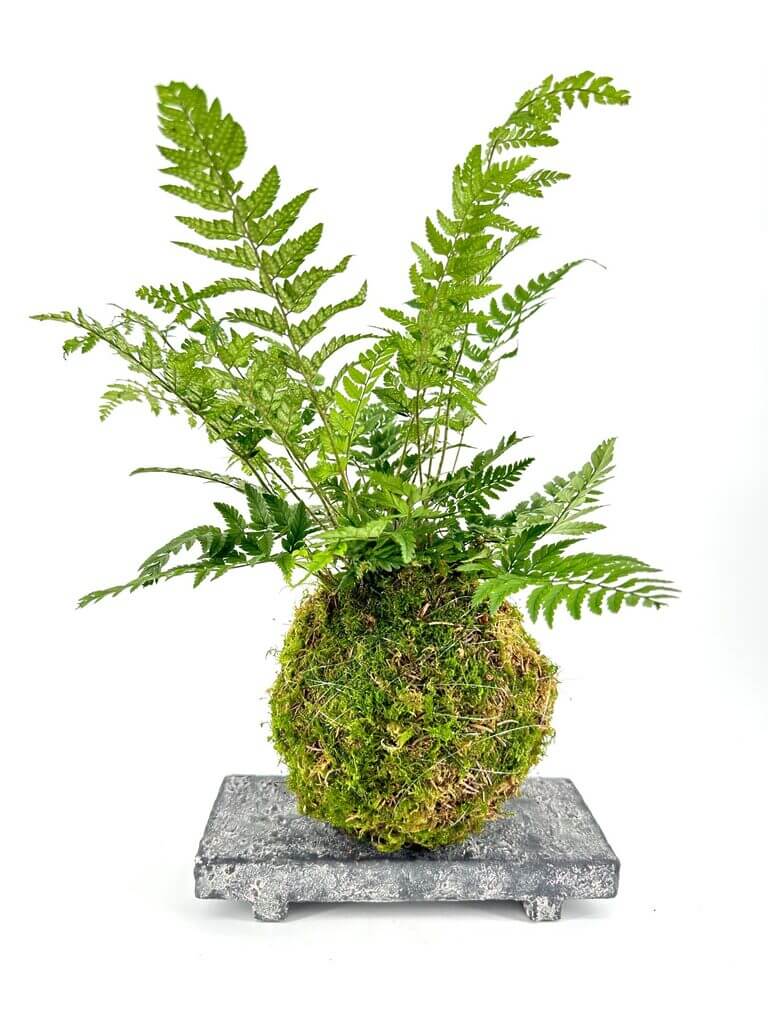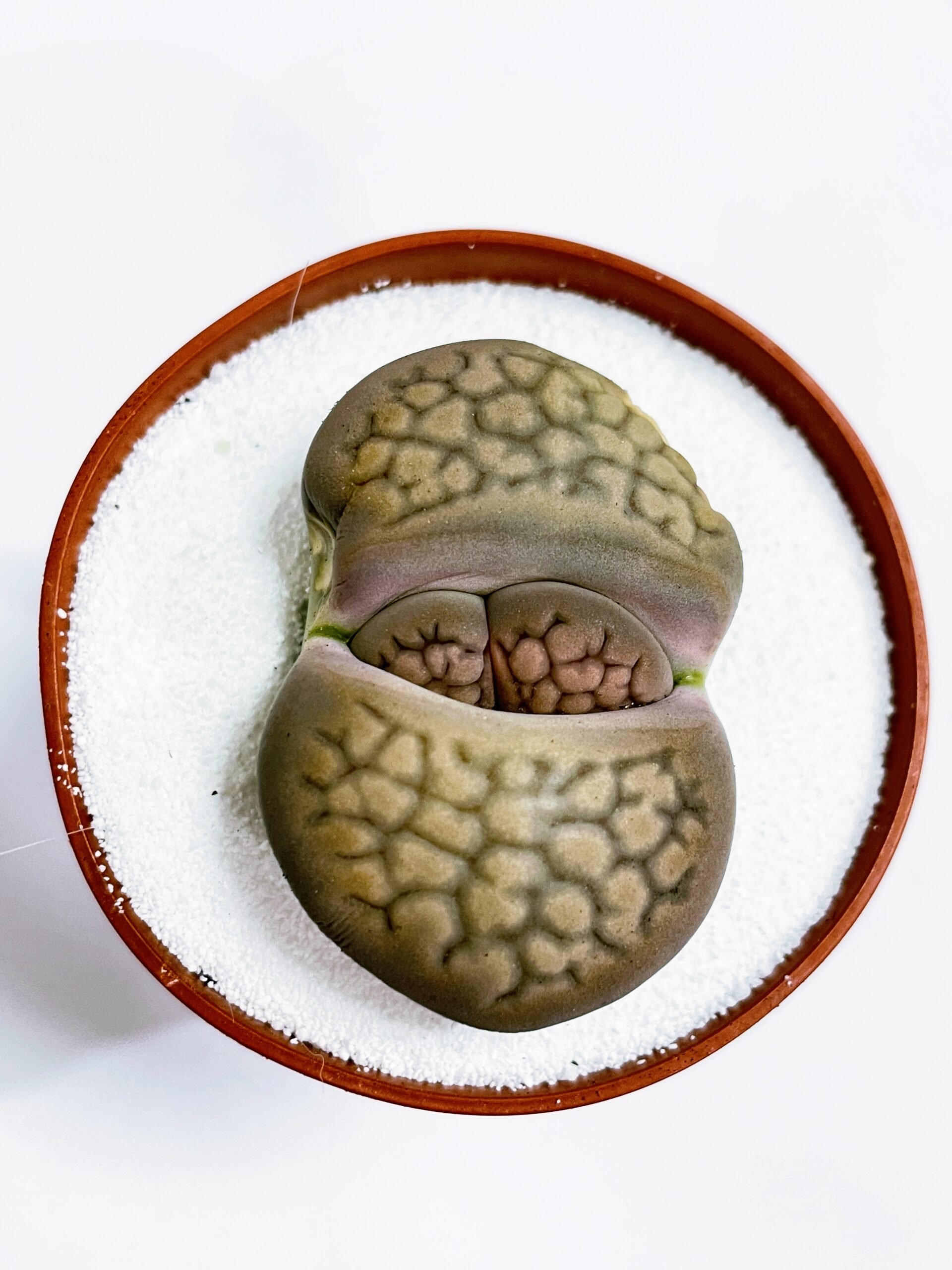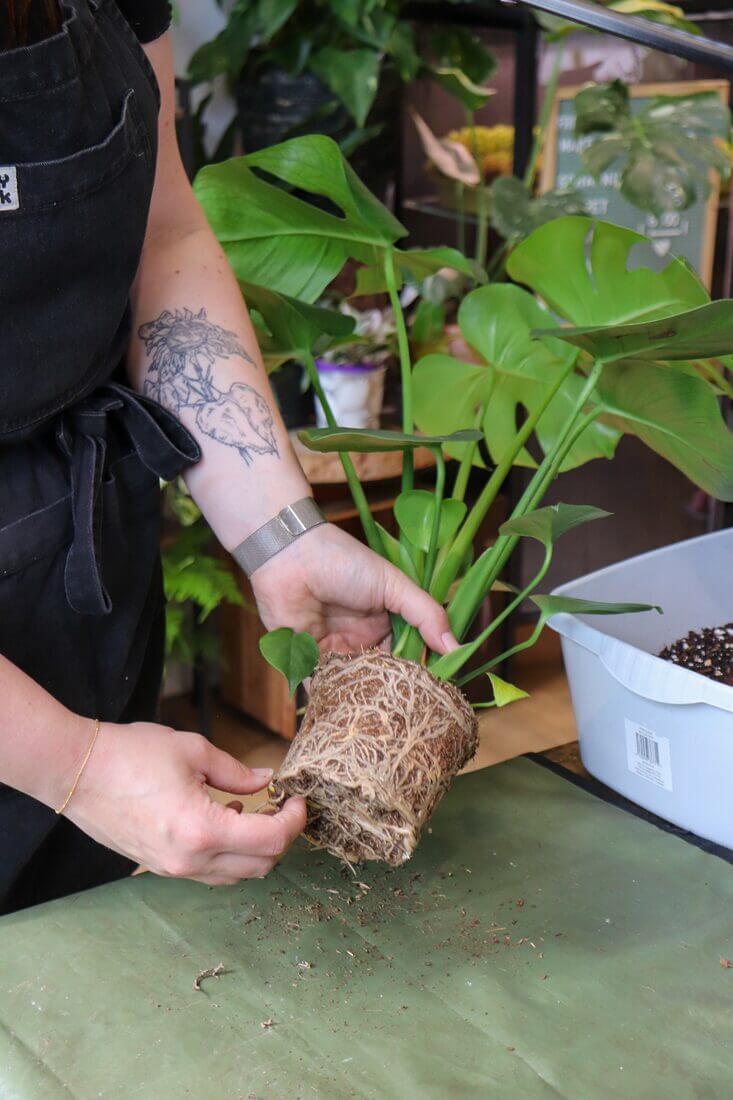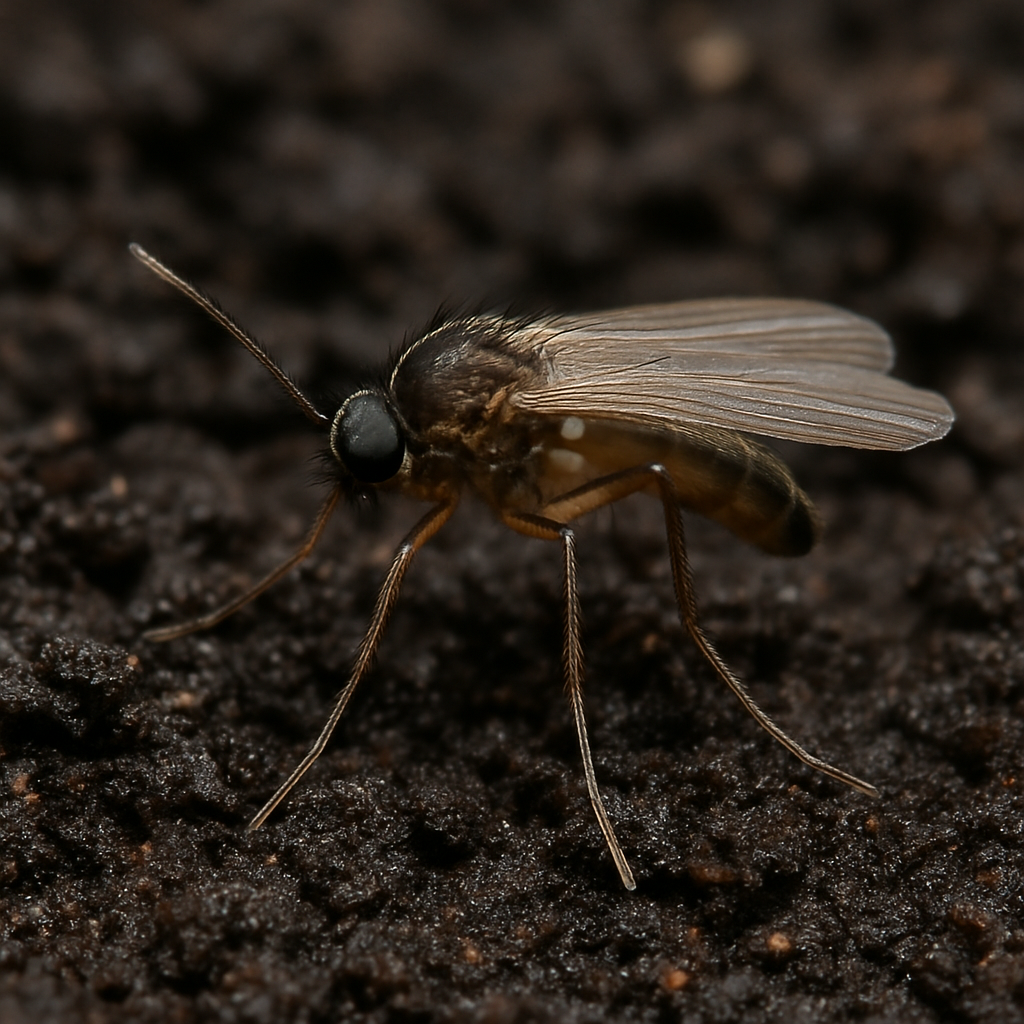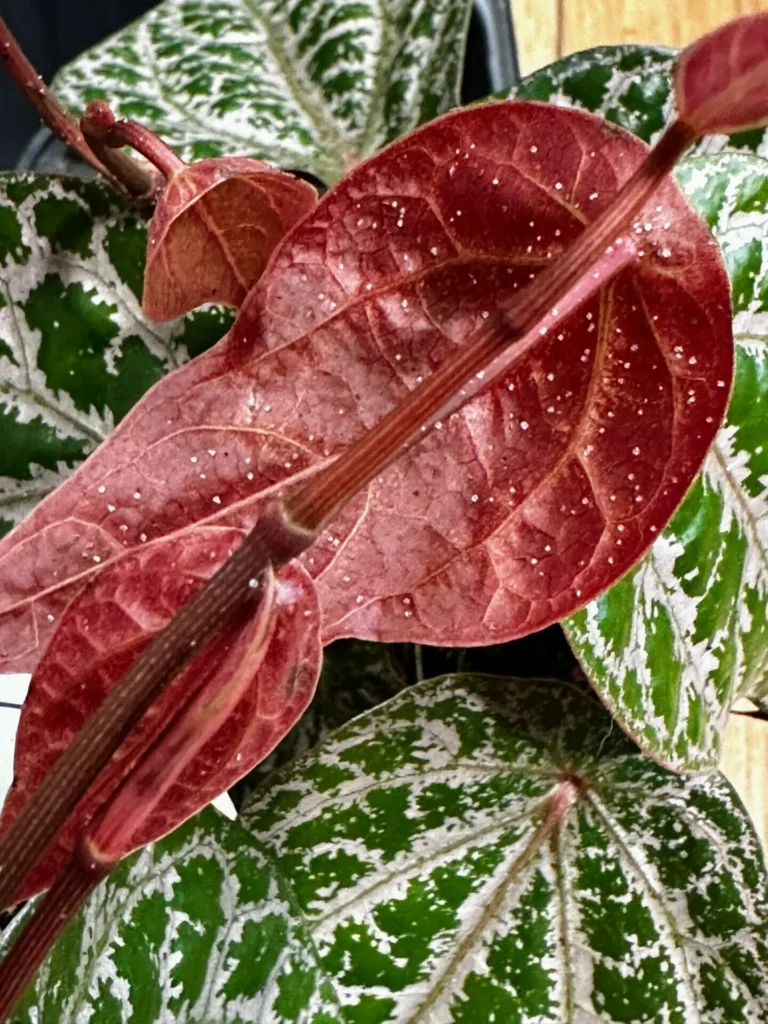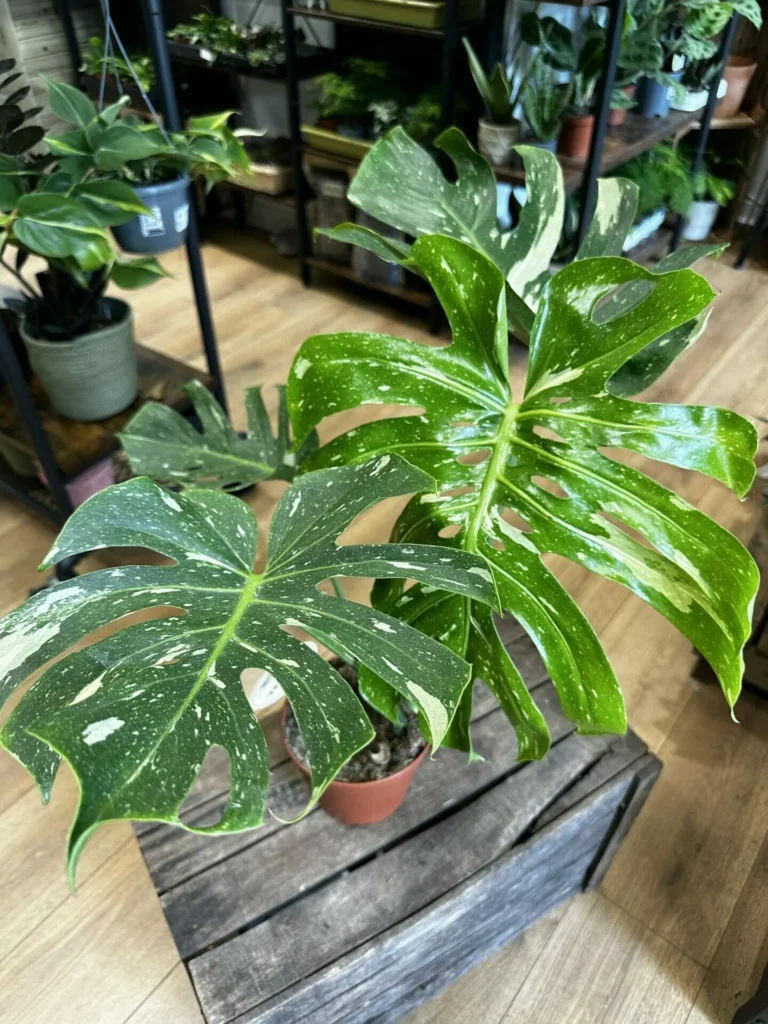Introduction

Many beginners in houseplant care often find themselves confused by the varying levels of light: direct, indirect, low, or bright.
Understanding these distinctions can seem like magic, and finding the perfect spot for your plant becomes challenging without this knowledge. Many of our customers frequently ask us:
- “What constitutes bright light?”
- “My room is bright, but I’m unsure if it’s direct or medium light. How can I differentiate?”
We understand these concerns. However, this guide aims to clarify these concepts, help you distinguish between different light levels, and enable you to provide optimal lighting conditions for your plants.
Direct Sunlight
Strong, direct sunlight happens when the sun’s rays hit the plants directly without any obstructions like trees or curtains. It is the most intense type of light your plants can receive and not all plants will be able to handle it.
Characteristics:
- Intensity: Very strong, specially during spring and summer, can be harsh on certain plants and damage leaves.
- Sources: South-facing windows.
How to Recognise Direct Sunlight:
- Heat: If you place your hand in the sunlight; you will feel heat within a few seconds.
- Shadows: The shadow of your hand, plants and other objects will be very sharp with clear lines.
- Brightness: The direct sunlight area will be very bright, often causing you to squint your eyes.
Direct Light Plants in stock
-

-
 Product on saleHouseplants Cuttings SelectionFrom: £6.00
Product on saleHouseplants Cuttings SelectionFrom: £6.00 -
 Imperfect Plants Rescue Bag – Save up to 60% RRPFrom: £5.00
Imperfect Plants Rescue Bag – Save up to 60% RRPFrom: £5.00 -
 Easy to Care Cactus Mix HouseplantsFrom: £7.00
Easy to Care Cactus Mix HouseplantsFrom: £7.00 -
 Easy to Care Large Cactus£30.00
Easy to Care Large Cactus£30.00 -

Bright-Indirect Light
Indirect sunlight refers to the sun’s rays that have been diffused by sheer curtains, trees or reflecting off something before reaching the plant. This light is less intense than direct sunlight.
Characteristics:
- Intensity: Softer and more diffused compared to direct sunlight.
- Sources: Can come from windows that do not face the sun directly or through sheer curtains , trees etc.
How to Recognise Indirect Sunlight:
- Heat: Place your hand in the sunlight to feel warmth but significantly less heat than in the direct sunlight.
- Shadows: The shadow of your hand and other objects will be softer and less defined lines.
- Brightness: The area will be well-lit but not overwhelmingly bright.
Medium-Moderate Light
Medium light is slightly less intense than indirect-bright sunlight but brighter than low light. It is often found in rooms with east or west-facing windows.
Characteristics:
- Intensity: Medium level, providing a balanced amount of light, suitable for many houseplants.
- Sources: Direct sunlight for part of the day, usually early mornings up to lunch time or late afternoons.
How to Recognise Moderate Light:
- Heat: Your hand will feel mild warmth when placed in the light.
- Shadows: Shadows will be present but not as defined as in direct sunlight.
- Brightness: The area will be bright but comfortable, not causing you to squint.
Medium and Indirect Light Plants in stock
-
 Mini Marimo Moss Ball BaubleFrom: £7.00
Mini Marimo Moss Ball BaubleFrom: £7.00 -

-

-
 Product on saleSansevieria Snake Plant in Black Pot with Metal FrameOriginal price was: £18.00.£13.00Current price is: £13.00.
Product on saleSansevieria Snake Plant in Black Pot with Metal FrameOriginal price was: £18.00.£13.00Current price is: £13.00. -

-
 Product on saleHouseplants Cuttings SelectionFrom: £6.00
Product on saleHouseplants Cuttings SelectionFrom: £6.00
Low Light
Low light conditions are typical in rooms with north-facing windows or areas far from natural light sources. Plants in these conditions receive very minimal light.
Characteristics:
- Intensity: Very low, almost no direct rays of the sun.
- Sources: Often from artificial lighting or very diffused natural light.
How to Recognise Low Light:
- Heat: There will be little to no warmth felt on your hand when placed in the light.
- Shadows: Shadows will be faint or non-existent.
- Brightness: The area will be dim, and you might need artificial light to see clearly.
Low Light Plants in stock
-
 Mini Marimo Moss Ball BaubleFrom: £7.00
Mini Marimo Moss Ball BaubleFrom: £7.00 -

-

-
 Product on saleSansevieria Snake Plant in Black Pot with Metal FrameOriginal price was: £18.00.£13.00Current price is: £13.00.
Product on saleSansevieria Snake Plant in Black Pot with Metal FrameOriginal price was: £18.00.£13.00Current price is: £13.00. -

-
 Product on saleHouseplants Cuttings SelectionFrom: £6.00
Product on saleHouseplants Cuttings SelectionFrom: £6.00
Practical Tips for Beginners
- Rotate Your Plants Regularly: To ensure even growth, rotate your plants often. This prevents them from leaning towards the light source and ensures all sides receive the same amount light creating lush, symmetric plants.
- Keep Eye On Plants Health: Brown, crispy ends and whole leaves may indicate too much direct sunlight. Pale, leggy stems with smaller leaves may suggest not enough light.
- Adjust To Seasons: Move your plants around based on the season, maybe the sunny windowsill will be too sunny for your philodendron during the summer but around winter may provide the perfect amount of light.
- Use Artificial Lighting: If natural light is insufficient, during winter or autumn or because the room is dark, with small windows consider using grow lights. These can provide the necessary spectrum of light for photosynthesis. This way you can even grow your plants in windowless room or bathroom! Remember, normal lights and lamps in your home are not grow lights and have no effect on your plant – you must use grow lights.
Conclusion
Understanding the difference between direct and indirect sunlight, as well as other light levels like medium and low, is crucial for finding the most suitable location which will fulfil specific plants needs and maintaining healthy houseplants. By observing light patterns during the day and different seasons at your home and adapting your plant placement accordingly, you can create an environment where your plants will thrive. Now you will be able to find the perfect hanging plants for your sunny window with direct light, large plants which will enjoy direct sunlight or wee trailing plants which will love bright, indirect light.



